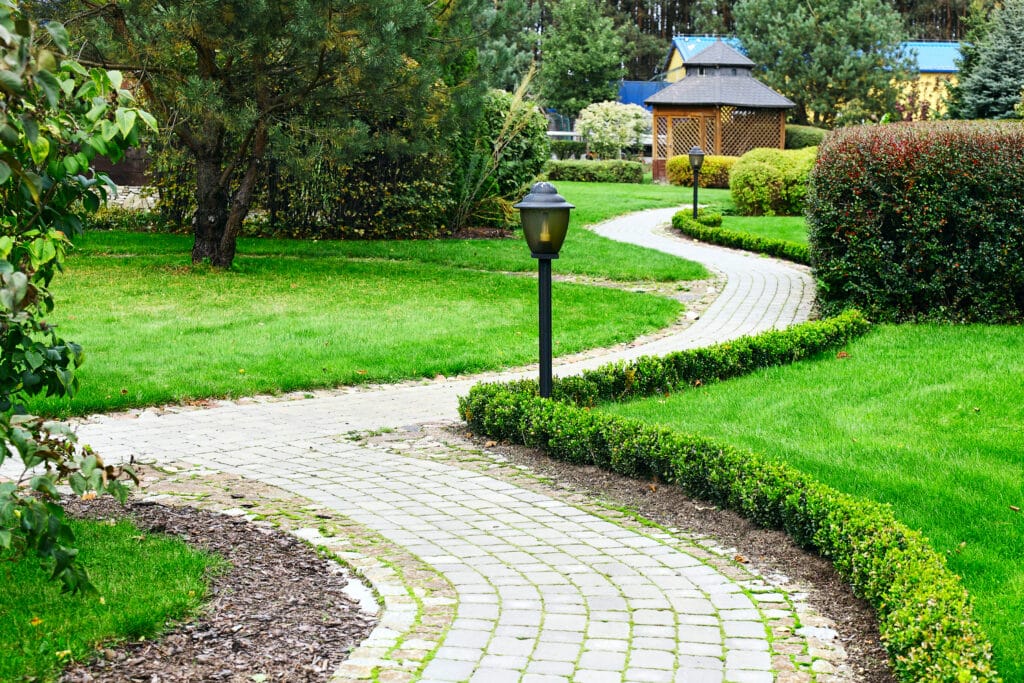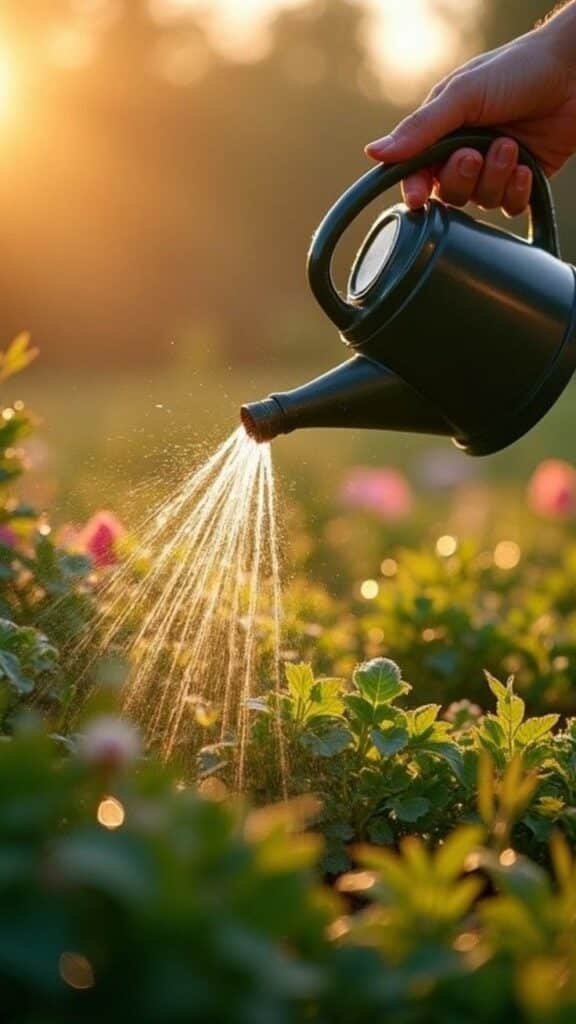How to develop a maintenance schedule for a consistently beautiful landscape might sound tricky, but it’s easier than you think. Taking care of your yard doesn’t have to be a full-time job. With a little planning and a few easy steps, you can enjoy a neat and colorful outdoor space all year long.
Your garden or lawn is like a living puzzle that needs regular care to stay strong and pretty. By creating a simple schedule, you’ll know exactly what to do and when to do it. Whether it’s watering, mowing, or adding fresh mulch, having a routine will save time and make the job fun and stress-free.
Know Your Landscape’s Needs

To develop a maintenance schedule for a consistently beautiful landscape, the very first step is to know your landscape’s needs. Before jumping into any gardening or yard work, it’s important to understand what your plants, soil, and overall yard really require.
Experienced landscaping contractors Toronto can help assess these needs and create a tailored plan that keeps your landscape healthy and looking great without wasting time or resources.
Understand Your Plants
Different plants have different needs. Some like lots of sun, while others prefer shade. Some need frequent watering, while others thrive with less. Take a close look at the plants in your yard and group them by their light and water needs. This way, you can water and care for them properly, without overdoing or underdoing it.
Check Your Soil Type
Soil plays a big role in how well your plants grow. Is your soil sandy, clay, or loamy? Each type holds water and nutrients differently. You don’t need to be a scientist; just touch the soil and notice if it feels gritty, sticky, or soft. Knowing this will help you decide how often to water and what kind of fertilizer or mulch to use.

Identify Problem Areas
Walk around your yard and spot any problem spots. Are there patches where grass won’t grow? Are weeds taking over certain places? Does water pool in some areas after rain? These issues tell you where extra care is needed. Adding this info to your maintenance schedule will help you fix problems before they get worse.
Use a Garden Journal or Planner
Keeping a simple journal or planner can make a big difference. Write down what you observe about your plants, soil, and yard condition. Note when you water, mow, or add fertilizer. Over time, this record helps you see patterns and make your schedule smarter and more effective.
Knowing your landscape’s needs is the foundation of any good maintenance schedule. It ensures you care for your yard in the right way so it stays beautiful all year round.
Create a Weekly and Monthly Checklist

Creating a maintenance schedule for a consistently beautiful landscape means breaking down your tasks into manageable chunks. The best way to stay organized and on top of your yard care is by making a weekly and monthly checklist. This keeps things simple and helps you avoid last-minute rushes or forgotten chores.
Why Checklists Matter
Checklists give you a clear plan. When you know exactly what to do each week or month, your yard stays healthy without feeling overwhelming. Instead of guessing, you follow a routine that covers everything your landscape needs, from watering to mowing.
Weekly Tasks to Keep Your Yard Healthy
Some jobs need your attention every week. For example, mowing the lawn regularly keeps grass neat and encourages healthy growth. Weeding is another weekly job that stops unwanted plants from taking over. Also, checking irrigation or watering schedules helps make sure your plants aren’t thirsty or getting too much water.
Here are some common weekly tasks to include:
- Mow the lawn
- Water plants (as needed)
- Remove weeds
- Trim overgrown branches or bushes
- Check for pests or disease

Monthly Tasks for Long-Term Care
Monthly tasks might take more time but are just as important. These include feeding your plants with fertilizer to keep them strong and healthy. You might also want to add mulch to protect the soil or prune shrubs and trees to shape them. Checking soil health or adjusting watering routines depending on the weather are smart monthly habits.
Some examples of monthly tasks:
- Apply fertilizer
- Add mulch to garden beds
- Prune shrubs and small trees
- Inspect soil moisture and adjust watering
Use Tools to Stay on Track
Using a calendar, phone reminders, or a paper planner helps keep your checklist in front of you. This way, you won’t miss any important jobs, and your landscape stays beautiful all year.
Creating and sticking to a weekly and monthly checklist turns yard work into a simple routine. It helps you care for your landscape step-by-step without stress or guesswork.
Adjust with the Seasons

To develop a maintenance schedule for a consistently beautiful landscape, it’s important to adjust your care routine with the changing seasons. Each season brings different weather and needs for your plants, so tailoring your tasks will keep your yard healthy and vibrant all year long.
Spring: Time to Refresh and Prepare
Spring is the season to wake up your landscape after winter. This means cleaning up fallen leaves, removing dead branches, and preparing your soil for new growth. It’s also the best time to plant new flowers or shrubs and apply fertilizer to give your plants a boost. Don’t forget to check your irrigation system and fix any leaks or clogs.
Summer: Keep Up with Watering and Mowing
Summer can be hot and dry, so your plants need more water to stay healthy. Adjust your watering schedule to give your lawn and garden enough moisture, ideally early in the morning or late in the evening to reduce evaporation. Mowing should be regular but avoid cutting the grass too short, as longer grass holds moisture better and helps prevent weeds.


Fall: Prepare for Cooler Weather
Fall is the time to get your landscape ready for winter. Rake fallen leaves and add mulch around plants to protect their roots from the cold. Prune shrubs and trees to remove dead or damaged branches, and plant bulbs for spring blooms. Fertilizing in the fall also helps strengthen your lawn before winter.
Winter: Protect and Plan Ahead
Even if your landscape looks quiet in winter, there are still tasks to keep in mind. Protect sensitive plants with covers or mulch, and clear snow carefully to avoid damaging trees or shrubs. Use this time to plan next year’s garden and maintenance schedule so you’re ready when spring arrives.
Keep It Simple and Fun

When you develop a maintenance schedule for a consistently beautiful landscape, it’s important to keep the process simple and enjoyable. Yard work doesn’t have to be a chore; it can be a relaxing and rewarding part of your routine if you approach it the right way.
Make a Routine That Fits You
Don’t overwhelm yourself with a long to-do list. Focus on a few key tasks each week or month that you can easily manage. A simple routine is easier to follow and helps you stay consistent without stress. Remember, a little care done regularly is better than a big job done once in a while.
Involve Family and Friends
Gardening and yard care can be more fun when shared with others. Invite family members or friends to help out. It’s a great way to spend time together outdoors, teach kids about plants, and share the joy of a beautiful yard. You might even turn some tasks into little challenges or games to keep things lively.


Use Tools and Tricks You Enjoy
Using tools that feel comfortable and fun to use can make a big difference. Choose colorful gloves, lightweight equipment, or ergonomic tools that make work easier. Playing your favorite music while working or setting small rewards for completing tasks can also keep your motivation high.
Celebrate Your Progress
Take before-and-after photos of your yard or keep a journal of your improvements. Seeing how your landscape grows and improves over time is a great motivator. Celebrate your hard work and enjoy the beauty you’ve created.
Keeping your maintenance schedule simple and fun makes yard care something to look forward to. When you enjoy the process, maintaining a consistently beautiful landscape becomes easy and stress-free.
Conclusion


Now that you know how to develop a maintenance schedule for a consistently beautiful landscape, keeping your yard happy is simple! Stick to your plan, make small changes as needed, and enjoy your green space every day. A little effort each week goes a long way to a stunning yard.
- 1share
- Facebook0
- Pinterest1
- Twitter0



